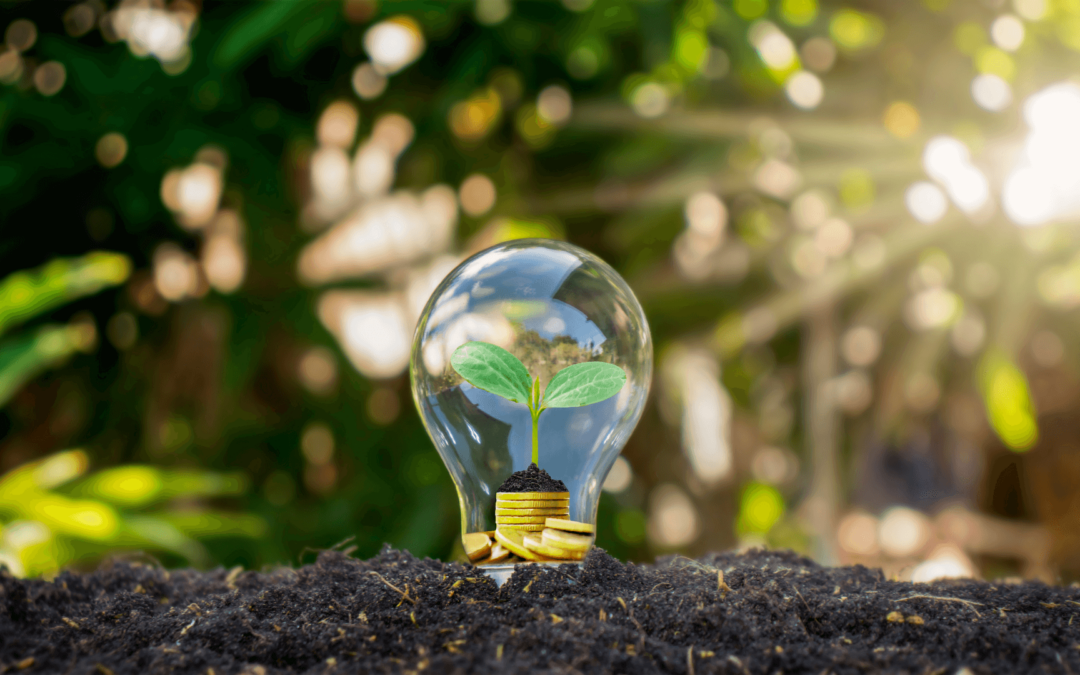In today’s world, sustainability is no longer just a buzzword—it’s a guiding principle shaping the way we design, build, and live in our homes. As awareness of environmental issues grows, so does the demand for eco-friendly and energy-efficient housing solutions. In this blog, we’ll explore the latest green building trends and sustainable features that prospective buyers should look for when considering new construction homes.
1. Energy-Efficient Design:
One of the hallmarks of green building is energy efficiency. Look for homes that incorporate passive solar design principles, such as orientation to maximize natural light and heat gain in the winter while minimizing heat gain in the summer. Energy-efficient windows, insulation, and HVAC systems are also key components to reducing energy consumption and lowering utility bills.
2. Renewable Energy Sources:
Many new construction homes are integrating renewable energy sources such as solar panels, wind turbines, or geothermal heating and cooling systems. These technologies harness natural resources to generate clean, sustainable energy, reducing reliance on fossil fuels and decreasing carbon emissions.
3. High-Performance Building Materials:
Opting for environmentally friendly building materials is another important consideration in green construction. Look for homes constructed with sustainable materials such as recycled steel, reclaimed wood, bamboo flooring, and low-VOC paints and finishes. These materials minimize environmental impact while promoting indoor air quality and occupant health.
4. Water Conservation Features:
Water efficiency is a crucial aspect of green building. Seek out homes with water-saving fixtures and appliances, such as low-flow toilets, showerheads, and faucets. Additionally, landscaping designed with native, drought-tolerant plants and rainwater harvesting systems can further reduce water usage and promote sustainable landscaping practices.
5. Smart Home Technology:
Integrating smart home technology into new construction homes enhances both comfort and efficiency. Look for features such as programmable thermostats, smart lighting systems, and energy monitoring tools that allow homeowners to optimize energy usage, reduce waste, and lower utility costs with the touch of a button.
6. Passive House Principles:
Passive house design principles prioritize energy efficiency, comfort, and indoor air quality through a combination of insulation, air sealing, and mechanical ventilation. Homes built to passive house standards achieve ultra-low energy consumption and provide superior thermal comfort year-round, making them a desirable option for environmentally conscious buyers.
7. Green Roofing and Insulation:
Green roofing systems, which incorporate living vegetation into the roof structure, offer numerous environmental benefits, including improved insulation, stormwater management, and air quality. Additionally, eco-friendly insulation materials such as recycled denim, cellulose, or spray foam provide effective thermal performance while minimizing environmental impact.
8. Indoor Air Quality Enhancements:
Indoor air quality is a critical consideration for health and comfort. Look for new construction homes equipped with advanced ventilation systems, air filtration, and materials that emit low levels of volatile organic compounds (VOCs). These features help maintain a healthy indoor environment by reducing allergens, pollutants, and toxins.
9. LEED and Energy Star Certification:
Seek out new construction homes that are certified by reputable green building programs such as LEED (Leadership in Energy and Environmental Design) and Energy Star. These certifications validate a home’s performance, sustainability, and energy efficiency, providing assurance to buyers that their home meets rigorous environmental standards.
10. Sustainable Landscaping Practices:
Lastly, consider the outdoor environment when evaluating green features in new construction homes. Sustainable landscaping practices such as xeriscaping, native plantings, permeable paving, and efficient irrigation systems promote water conservation, biodiversity, and habitat preservation while enhancing curb appeal and outdoor living spaces.
In conclusion, green building trends and sustainable features are revolutionizing the way we approach home construction, offering eco-friendly solutions that benefit both homeowners and the planet. By prioritizing energy efficiency, renewable resources, indoor air quality, and environmental stewardship, new construction homes can offer a greener, healthier, and more sustainable living environment for generations to come.

